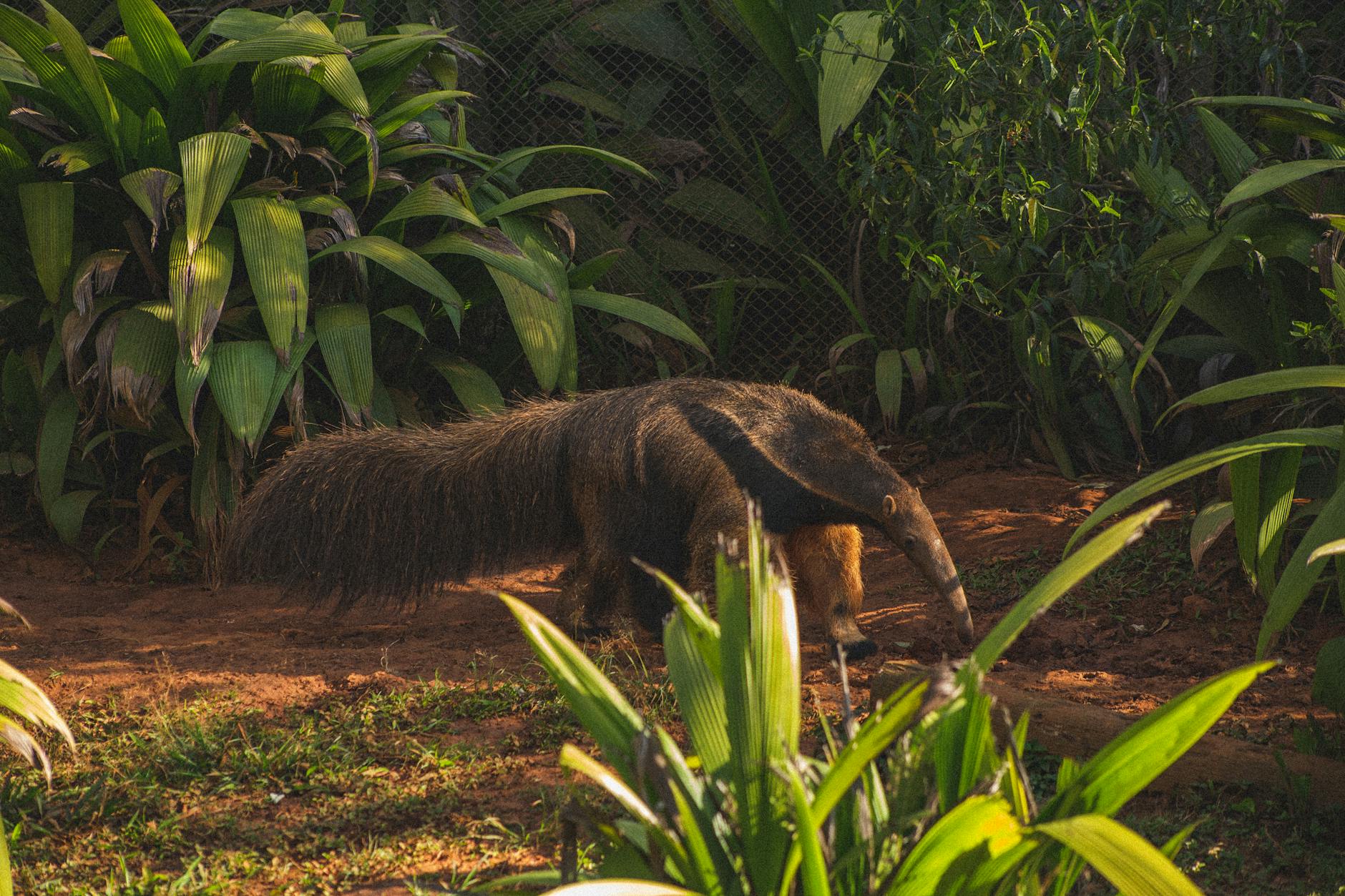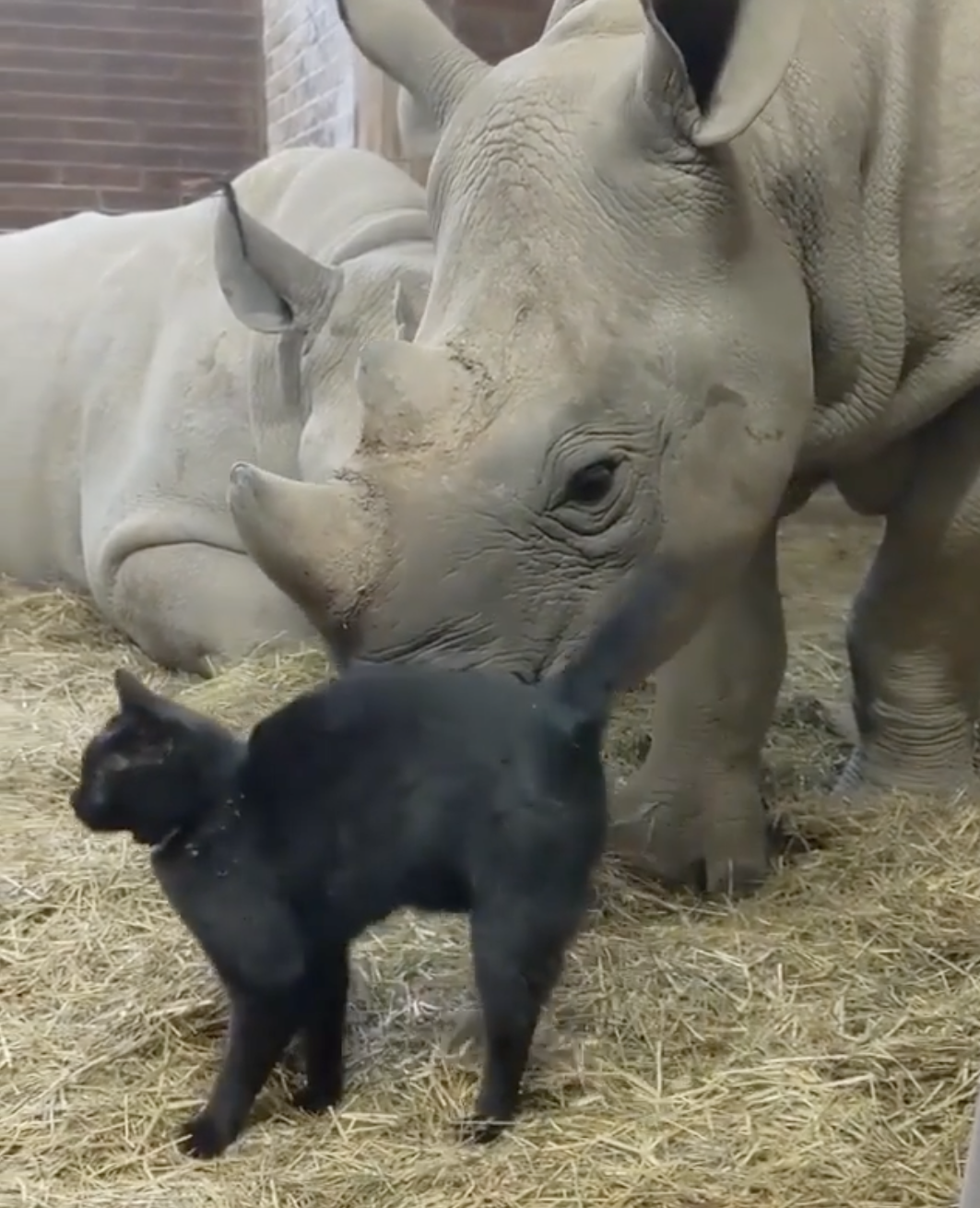
Dingo: Australia’s Wild Dog with a Howling History
Australia is famous for its unique wildlife, and the dingo is no exception. These wild dogs, with their reddish-brown fur and piercing yellow eyes, have been a part of the Australian landscape for thousands of years. But are they native or introduced? The answer, like the dingo itself, is a bit of a mystery. Let’s delve into the fascinating world of Australia’s wild canine companion.
A Dingo Dilemma: Native or Newcomer?
The origins of the dingo are shrouded in debate. Some theories suggest they arrived in Australia alongside Aboriginal people over 4,000 years ago, making them potentially native fauna. Others believe they may have come independently slightly earlier. Regardless of their exact arrival date, dingos have become an integral part of the Australian ecosystem.
The dingo is either included in the species Canis familiaris (domestic dog) or considered one of the following independent taxa: Canis familiaris dingo, Canis lupus dingo, or Canis dingo. Like its origin, the dingo’s taxonomic classification is debated as indicated by the variety of scientific names presently used in different publications. These names illustrate the dingo being variously considered a form of domestic dog not warranting recognition as a subspecies, a subspecies of dog or wolf, or a full species in its own right.
Built for the Outback: A Hunter’s Prowess
Dingos are medium-sized canines, well-adapted for life in the harsh Australian outback. Their lean bodies, powerful legs, and keen sense of smell make them skilled hunters. They primarily prey on kangaroos, wallabies, and small mammals, playing a vital role in maintaining ecological balance.
A Howling Symphony: Communication and Social Behavior
Dingos are highly social animals, living in packs with complex social structures. These packs are typically led by a dominant breeding pair, and communication is key. The haunting howls of dingos are not just eerie sounds – they serve to communicate with pack members, defend territory, and attract mates.
A Complex Relationship with Humans: From Working Partners to Controversial Figures
The relationship between dingos and humans in Australia is complex. Aboriginal Australians may have had a more harmonious coexistence with dingos, even using them for hunting assistance. However, with the arrival of European settlers, dingos were often seen as a threat to livestock. Culling and fencing programs have significantly reduced dingo populations in some areas.
The Dingo Debate: Conservation Concerns
The decline of dingo populations has unintended consequences. Without dingos to control them, populations of herbivores like rabbits and kangaroos can explode, leading to overgrazing and ecological damage. Today, there’s a growing recognition of the dingo’s ecological importance, and conservation efforts focus on finding a balance between dingo management and coexistence.
Living Alongside a Legend: Dingo Tourism and Education
Dingos are a major draw for wildlife tourism in Australia. Dingo sanctuaries and educational programs are promoting a better understanding of these fascinating creatures. Learning about their role in the ecosystem and the challenges they face is crucial for their future survival.
The Dingo: A Howling Icon of Australia
Whether native or introduced, the dingo has earned its place as an iconic symbol of Australia. From their role as predators to their complex social structures, dingos continue to captivate us. By appreciating their unique place in the Australian ecosystem and supporting conservation efforts, we can ensure that the haunting howls of the dingo continue to echo across the outback for generations to come.







